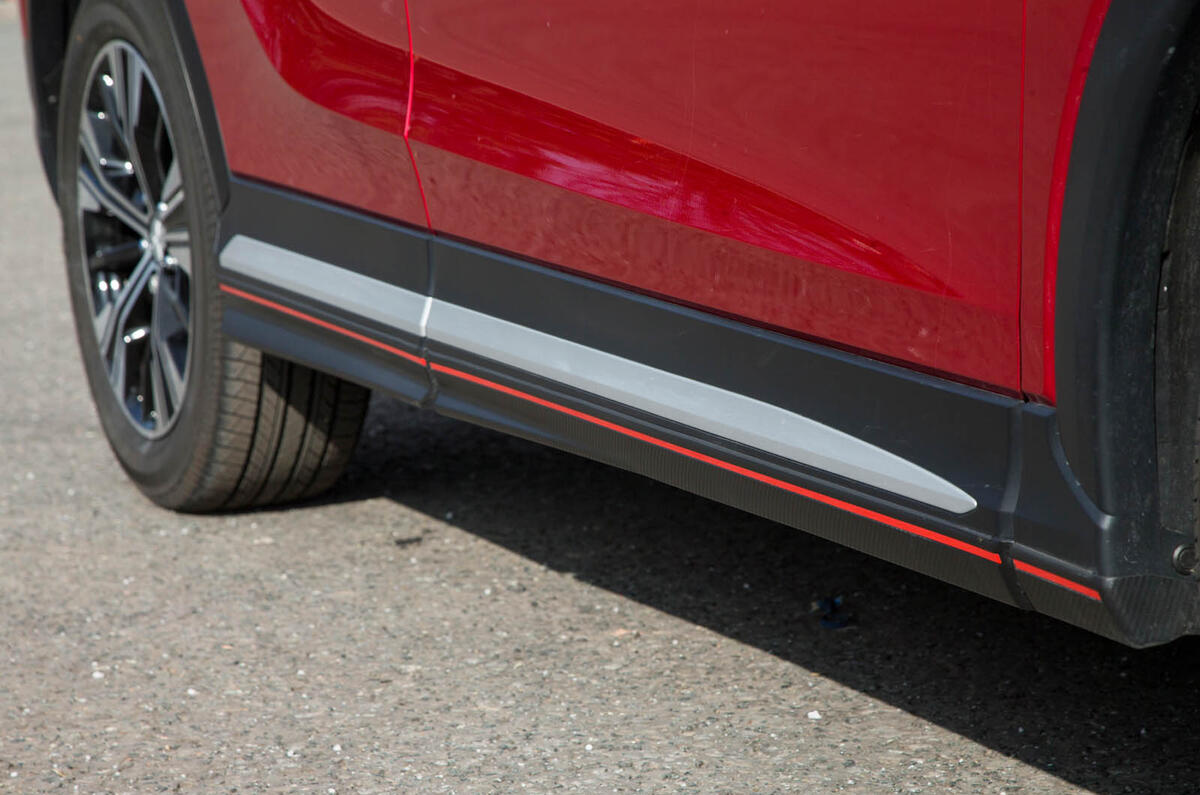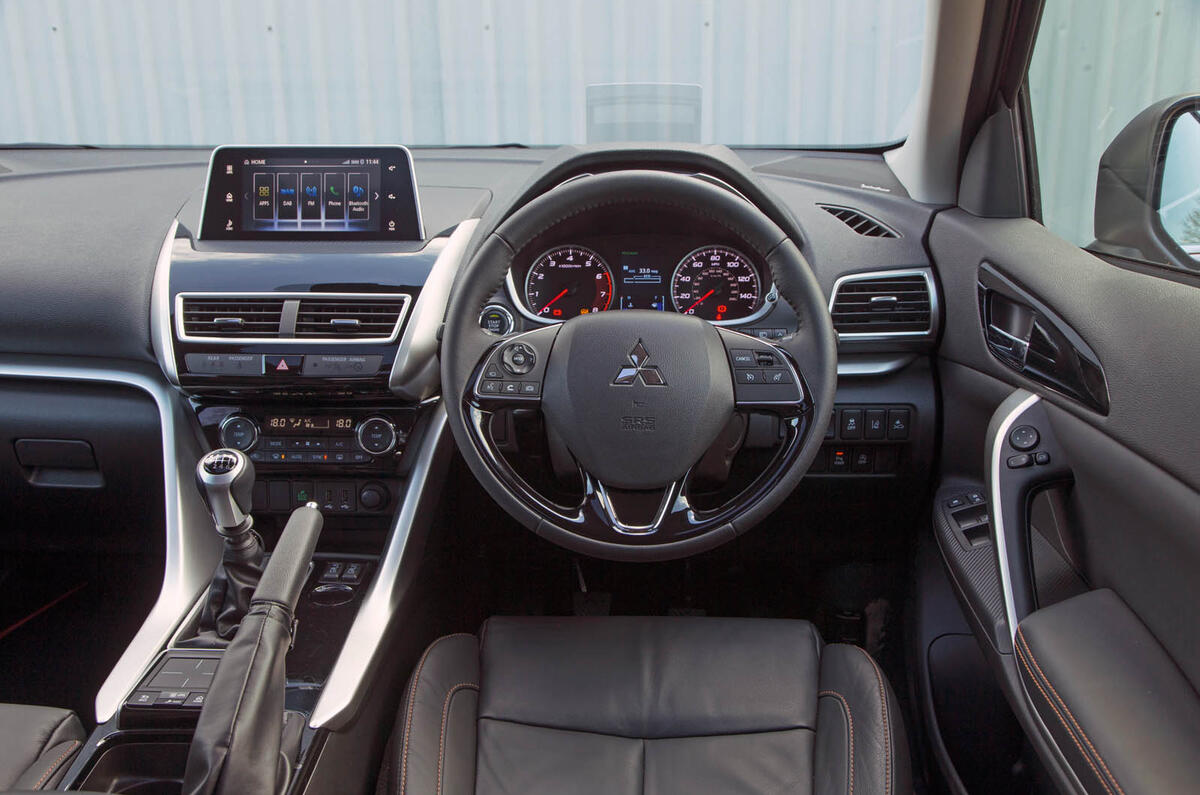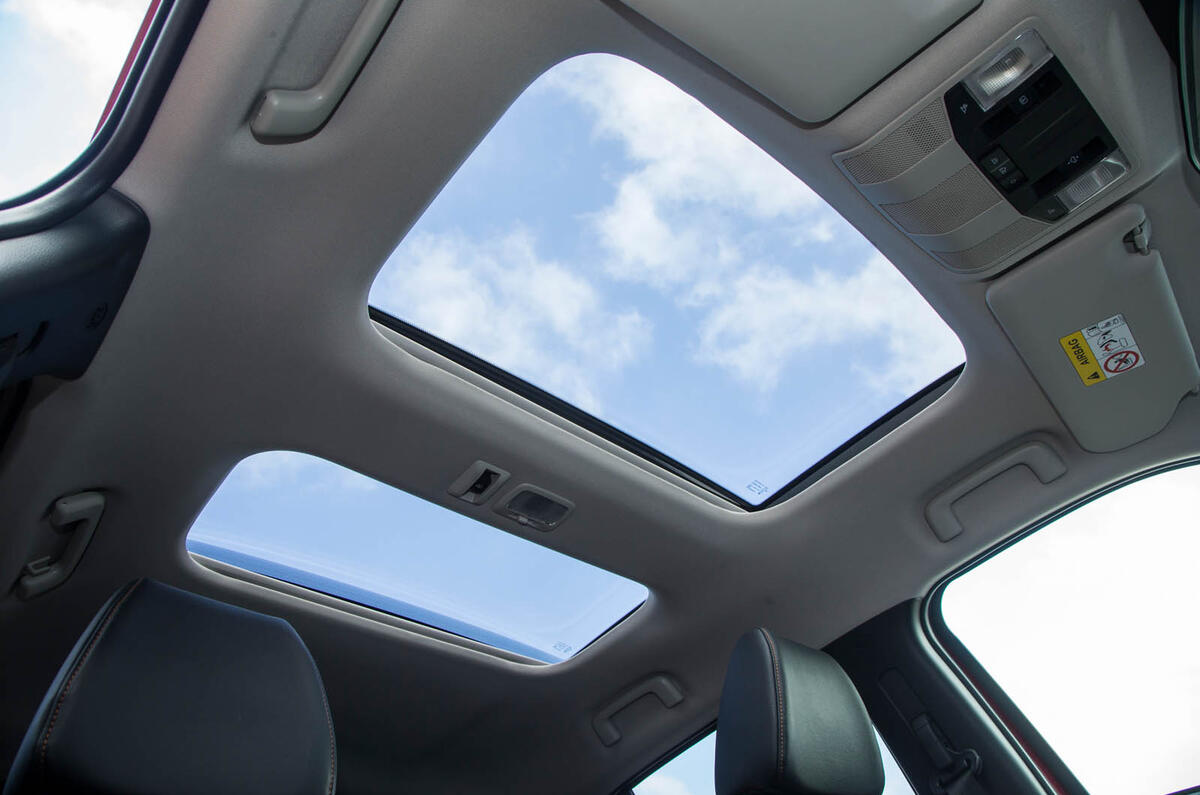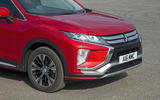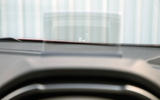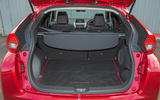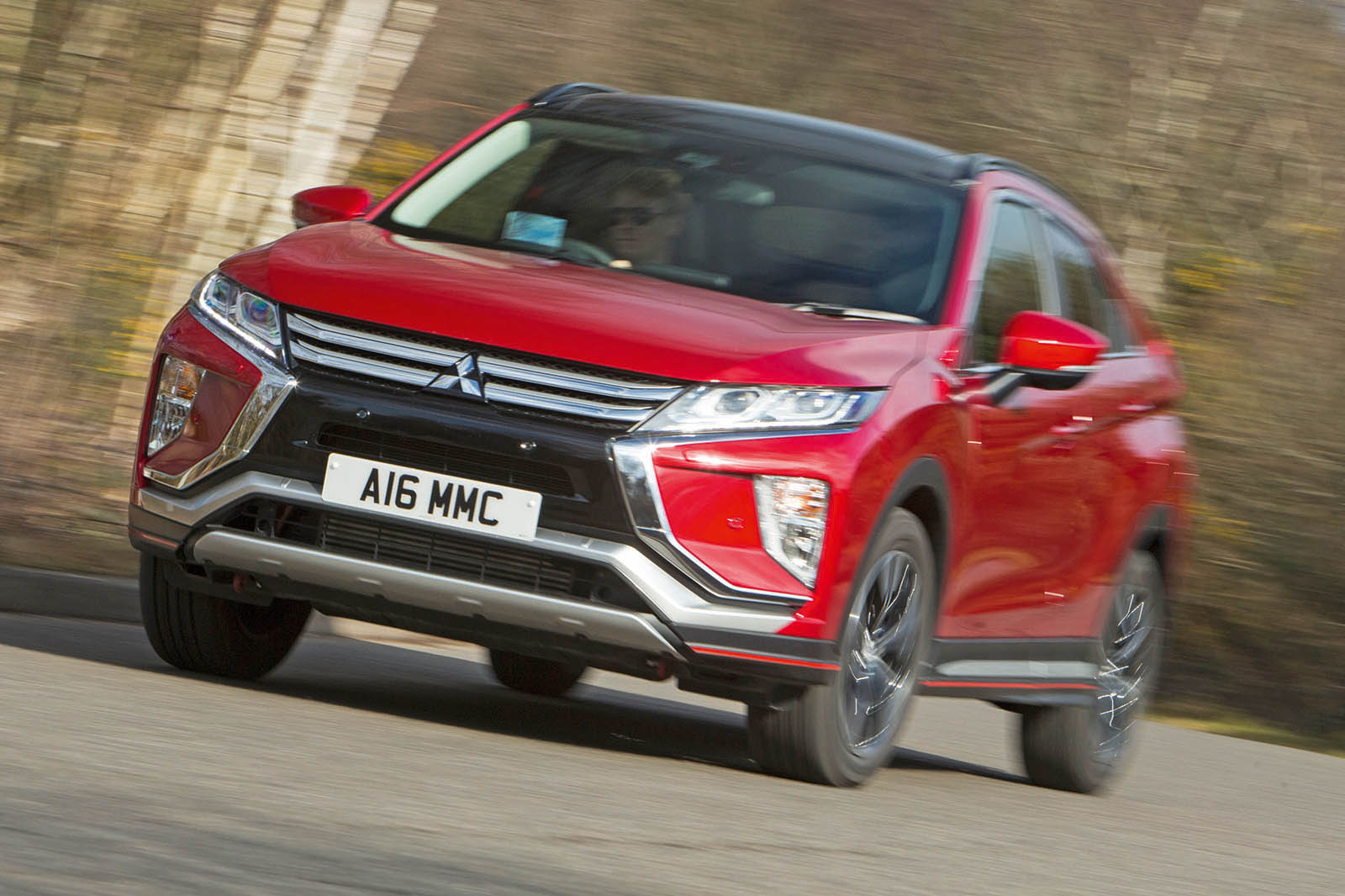Mitsubishi Motors must feel like an entirely different company today than it did just six years ago. When the plug-in hybrid version of its Outlander SUV arrived in 2014, the vehicle almost doubled the firm’s UK sales volume in its first full calendar year on sale.
Although that car has had a less transformative effect on Mitsubishi’s business in a global sense, increasing success for other models – notably in Asian markets – has pushed the company’s worldwide sales through the million-unit threshold. And that growing success was no doubt one of Nissan’s key motivators when it took a controlling interest in Mitsubishi Motors Corporation in 2016, and subsequently made the firm the third partner in its manufacturing alliance with Renault one year later.
The protracted pace at which the car industry develops new products means we’ve yet to see any new Mitsubishi models to be wholly designed and engineered under the auspices of alliance ownership. It won’t happen for another couple of years yet, but that fact doesn’t make the subject of this week’s road test any less important for the people behind it. With the wind well and truly in its sails, Mitsubishi is entering the medium-sized crossover segment – home to the likes of the Seat Ateca, Nissan Qashqai, Toyota C-HR and Volkswagen T-Roc – and is standing up to be counted in one of the fastest-growing automotive model niches.








